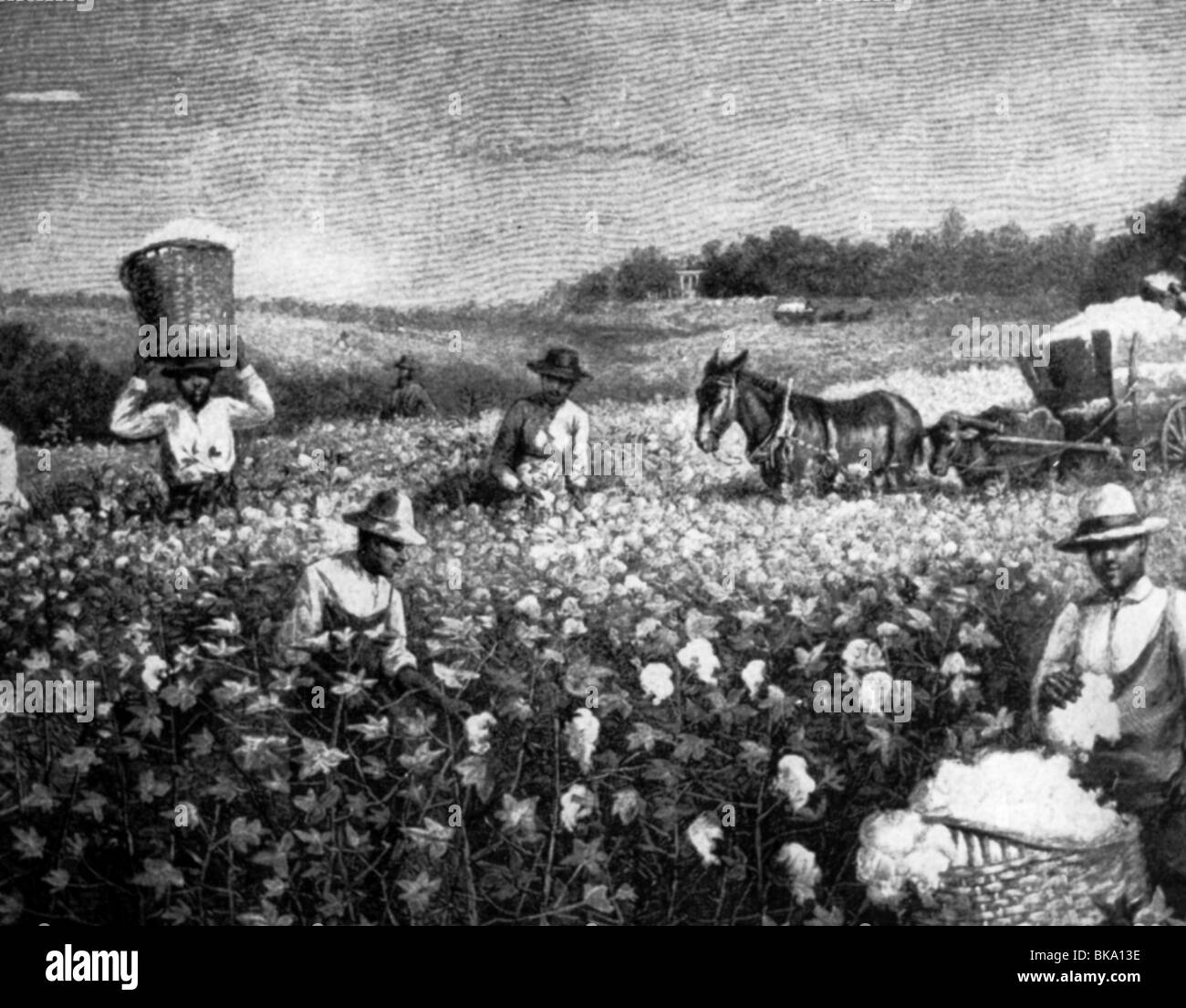
The plantation was once again the key to local commercial success.
Slavery plantations in florida. Plantation agriculture and the institution of slavery existed in florida long before the united states took control of the territory in 1821. The history of the island spans more than 1000 years beginning with the timucuan indians. Augustine in the 16 th and 17 th centuries. One historian says the 1619 narrative 'robs black history.' american slavery:
Florida's plantations grew cash crops of cotton and food, including beans, sugar cane, corns and potatoes, for the plantation and also for export. The plantation economy collapsed after the civil war, and by and large plantations were rendered obsolete. Slavery continued until the end of the civil war and collapse of the confederacy in the spring of 1865, followed by the ratification of the thirteenth. But there is a florida story of slavery that is neither of these.
The rise of cotton in the united states came late in the history of slavery. This is a list of plantations and/or plantation houses in the united states of america that are national memorials, national historic landmarks, listed on the national register of historic places or other heritage register, or are otherwise significant for their history, association with significant events or people, or their architecture and design. The men specialized in skilled work such as carpentry or blacksmithing, and the women cared for the children. It was theoretically abolished by president lincoln's emancipation proclamation of january 1, 1863, but this had little effect in florida.
The kingsley plantation, administered by the national park service, is located on fort george island and includes the plantation house, a kitchen house, a barn, and the ruins of 25 of the original slave cabins. Most american settlers arrived in florida with few or no slaves. In fact, it is impossible to understand the culture of early florida without examining the topic of slavery. While slavery was present long before florida became a part of the united states, it was only more
Rap † this info is from ruins of the early plantations of the halifaz area, volusia county, florida by: Slavery in florida began under spanish rule and continued under american and later confederate rule. Sugar corporation was indicted for enslaving black sugarcane workers on florida plantations as late as 1942, nearly 80 years after president abraham lincoln decreed that all persons held. [identification of item], slavery and plantations in saint domingue collection, special and area studies collections, george a.
Nearly all of the slaves (98 percent) were involved in agricultural labor. Florida was home to slave plantations as far back as the 16th century. A former plantation begins to tell a fuller story of slavery in america at a plantation once owned by james monroe, america's fifth president, descendants of slaves owned by monroe have become. Even before this war ended, wealthy planters and merchants of south carolina had become interested in east florida along the st.
A small percentage of the white planters who came to florida after 1821 held the majority of africans in bondage. By the time florida became a united states territory in 1821, slavery had become an integral part of the middle florida plantation economy. Spanish planters grew limited quantities of agricultural products—including. Colonial plantation and economy in florida
Middle florida’s economy was based firmly on slavery. The system of african slavery in florida was more closely related to By 1860, there were 4 million slaves in the. Spaniards established the first plantations near st.
Clifton paisley the university of alabama press pages 121, 125, 134, 143, 148 **these map images are from the book: Stanton ² this info is from: Smathers libraries, university of florida, gainesville, florida. In fact, it’s a story that could take place only in florida, with its heritage as a spanish colony.
Both men and women labored in the fields and houses. After 1840, a new migration to south florida along the manatee river resulted in the rise of a few large sugar plantations, but sugar in florida was in no way comparable to cotton as a money crop, and after 1850 its importance declined.3 a natural topographical division known as the tallahassee hills separates most of the plantation belt from. Nine out of ten enslaved people in louisiana worked on rural farms and plantations. From the late 1690s until florida became a u.s.
By 1830, florida's northern half produced cotton, corn and rice, worked by people brought down from plantations in virginia or bought in the st. Some of them moved to the area, imported negro slaves, and developed large plantations with the use of this labor force. African slaves had been in florida 54 years before they arrived in jamestown, virginia. More modest plantation homes fell into disrepair and disappeared;
Territory in 1821, thousands of indigenous peoples and freedom seekers fled areas of what is now the southeastern united. After 1800, plantations growing this crop began to spread across a huge stretch of the american south, as far west at the what is now new mexico’s border. Slavery was a ruthless institution, yet it still managed to embed itself deeply into the everyday reality of the south. Most of them worked on large plantations established by wealthy “planters”, an elite class composed of farmers who owned at least 20 slaves and more than 500 acres.
By 1860 there were 332,000 enslaved workers in louisiana.
Related topic:By 1860 there were 332,000 enslaved workers in louisiana. Most of them worked on large plantations established by wealthy “planters”, an elite class composed of farmers who owned at least 20 slaves and more than 500 acres. Slavery was a ruthless institution, yet it still managed to embed itself deeply into the everyday reality of the south.





















